I recently did small paintings with the kids, which I wrote about here. One of their “assignments” was to paint a self-portrait.
I helped them a little bit by drawing the proportions for them lightly in pencil. This way, they all had the same starting point. I had them use a black sharpie to draw their face and hair, and then use watercolor to paint the rest.
I revisited this project often over the course of a month, inviting their friends and other neighborhood kids to make one whenever they happened to be over at our house.
I wanted a collection of self-portraits because there was something that was beginning to fascinate me. As I watched these kids (ages 5 to 12) draw in their facial features, they all had a different innate style. Some drew their mouth gigantic, some so small they were hardly there. There were noses and eyes in all sizes, too. I began to wonder…were these drawings arbitrary, or did they mean something? I did a little research and here is what I discovered:
Eyes: Large eyes indicate intellectual curiosity, a vivid imagination, and sensitivity. Small eyes show organization.
Nose: A large nose shows decisiveness, an idealistic mind and bossiness. A small nose shows kindness and sensitivity.
Lips: A large mouth show emotional availability and a sensitive nature. Full lips indicate a confident, spontaneous, risk-taker with a charming nature. Thin lips indicate a measured and selective person who appreciates subtlety.
Forehead: A large forehead shows an ability to learn and digest information. A smaller forehead shows a person who acts first and thinks afterwards. An average forehead means you’re intelligent and able to see two sides to every story.
Of course we should take this all with a grain of salt. They could have been copying their neighbor (ha)! But interesting, nonetheless.
xo, Bar
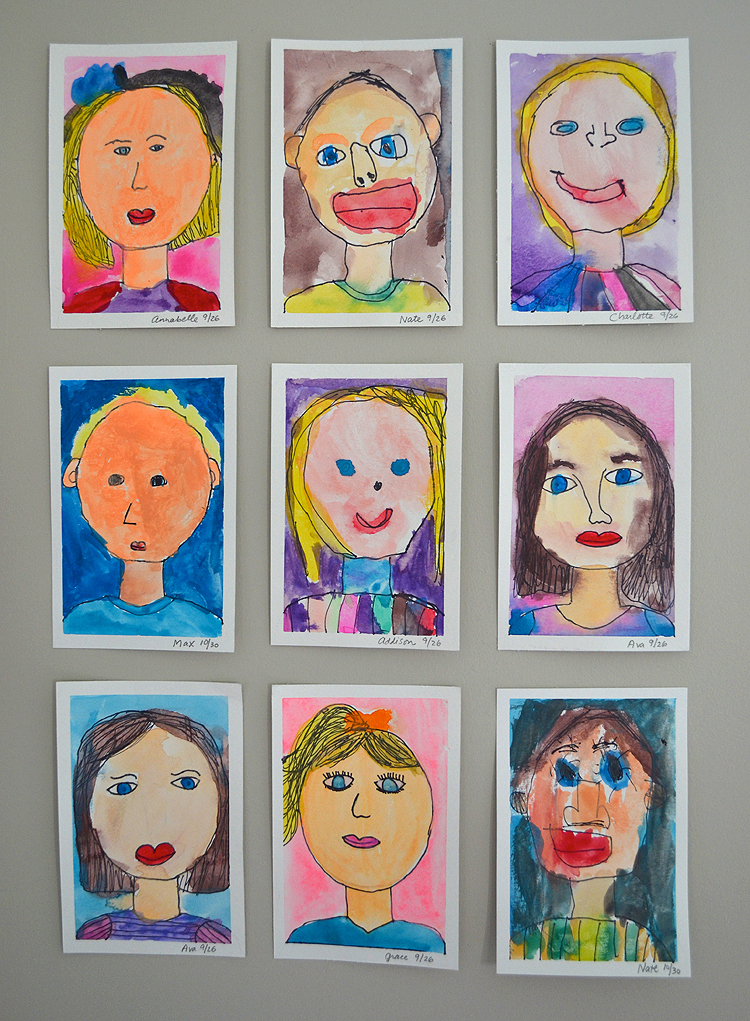
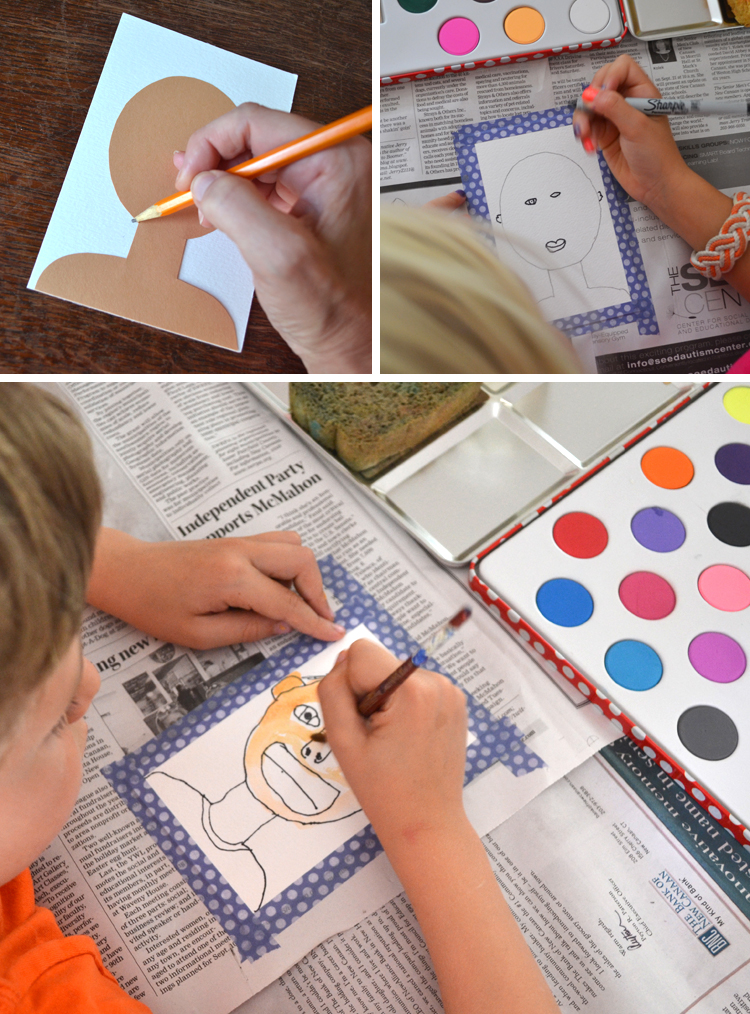
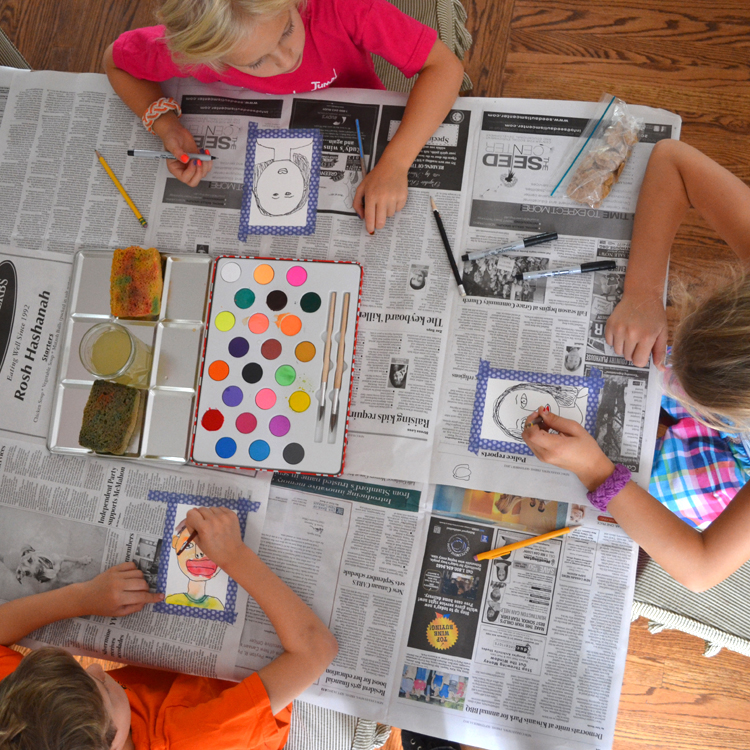
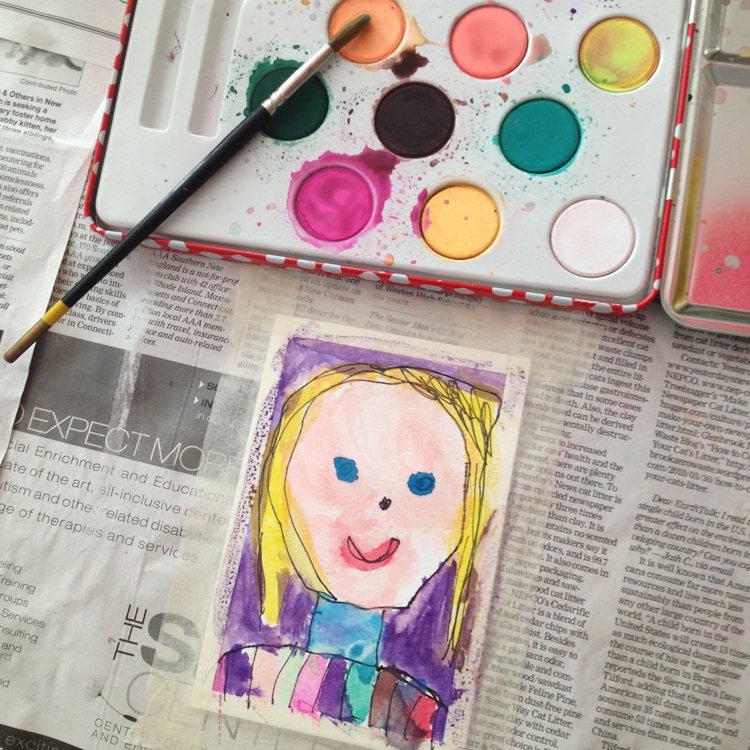
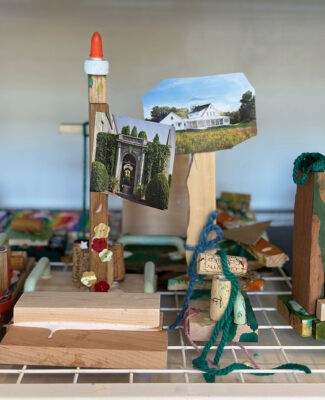
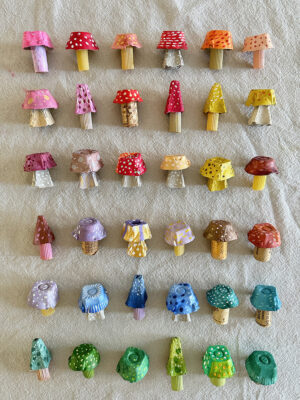


And you can “read” a drawing from left to right : left as the past, middle as the present and right as the futur… through the eyes of the child of course ! There is a lot to say about drawing ! It could help, sometimes, revealing sadness or fears. Few examples : violet means “death”, huge ears means “I heard something that I should not (and I can’t tell about it)”, blue, pink, yellow… happiness !
Your blog is really full of great ideas,
Thanks from France for sharing 🙂
this is so fascinating, clara. thank you for enlightening us!! are you an art therapist? very insightful. thank you for leaving a comment!! xo bar
Hi! I just discovered your blog and can’t wait to try some projects with my kids and grandkids. I was wondering what you do when a child isn’t happy with their first try when drawing their self-portrait? Do you have them practice first? Or just have them try as many times as it takes for them to be pleased with their drawing? I’m never sure where to draw the line. Thank you! 🙂
hmmm…. that’s a very good question. it’s a bit tricky, isn’t it? I guess it depends on their age, and what exactly they weren’t happy about. was it the shape of the face? was it the features? are they older and a bit of a perfectionist? my first instinct is to help them see the beauty in their work and to keep working on it and finish that one first. if they still don’t like it, they can do another. sometimes it’s as straight-forward as they didn’t like the way they drew the shape of their face and they want to start over. when this happens, I let them turn their paper over, and maybe practice one more time before giving them a new paper. but sometimes a child just may not have the confidence in their drawing ability, and no matter how many times they start over, they still don’t like it. lot’s to think about! hope this helped! xo Bar